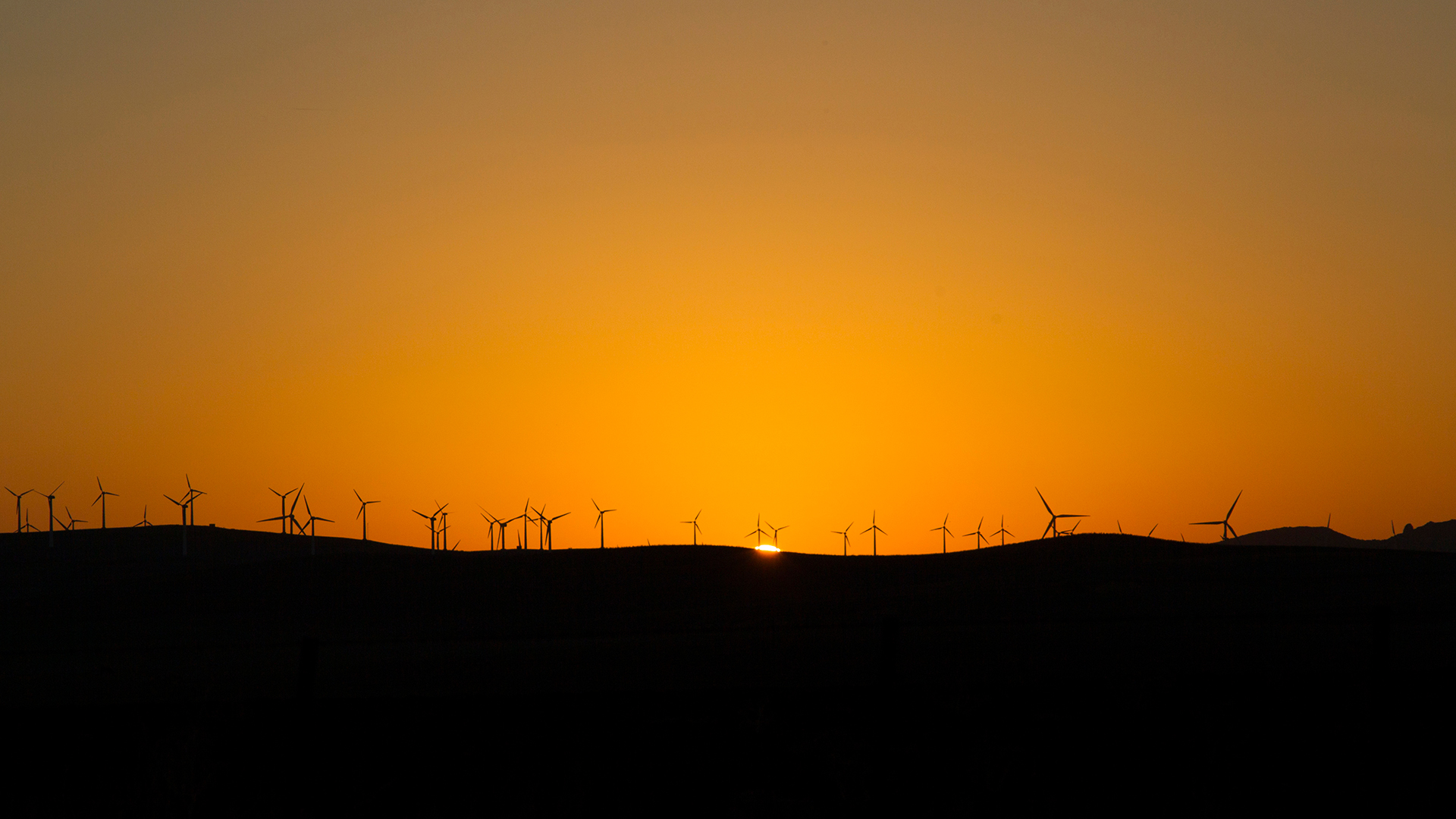
Publication
International arbitration report
In this edition, we focused on the Shanghai International Economic and Trade Arbitration Commission’s (SHIAC) new arbitration rules, which take effect January 1, 2024.


Australia | Publication | April 11, 2019
At the May Federal election, climate change will be a key issue for voters. This update outlines the main policy announcements of the Coalition, the Australian Labor Party (ALP), the Greens and a number of high profile independents.
While energy policy has been a significant political issue in recent elections, it has been a number of years since climate change has been front and centre at a Federal election. The result of this election is likely to set the tone for the level of Australia’s ambition to address climate change and our engagement on this issue at the international level in the coming decade.
On 25 February, the Coalition announced the Climate Solutions Package, which it says will deliver on Australia’s 2030 emissions reduction commitment under the Paris Agreement. The Coalition’s target is a 26 to 28 per cent reduction of Australia’s emissions on 2005 levels by 2030.
The Coalition has indicated that it will use carbon credits previously generated under the Kyoto Protocol to help meet this commitment.
The Emissions Reduction Fund (now known as the Climate Solutions Fund) remains the centrepiece of the Coalition’s climate change policy. The Coalition has committed to topping up the fund by providing a further $2 billion in funding to incentivise investment in emissions reductions projects over the next 15 years.
Although the Coalition’s initial announcement appeared to indicate the additional funding was for 10 years, the Federal budget reflects that the investment period is 15 years, with funding to be limited to $189 million over the first four years. A spokesman for Environment Minister, Melissa Price, has clarified that although the reverse auctions to allocate the funding will be conducted over a 10-year period, the money will be spent over 15 years.1
The Coalition has emphasised its continued support for the Snowy 2.0 hydro project. It has also identified new funding to “fast track” the Battery of the Nation hydro project in Tasmania and the construction of a second transmission line across the Bass Strait, known as MarinusLink.
On the demand side, the Coalition also intends to implement measures to improve energy efficiency, including by:
The Climate Solutions Package flags the development of a National Electric Vehicle Strategy for the management of the transition to electric vehicle (EV) technology. This strategy is intended to build on grants from existing bodies, such as the Australian Renewable Energy Agency (ARENA), finance from the Clean Energy Finance Corporation (CEFC), and the work of the COAG Transport and Infrastructure Council to coordinate action across governments, industry and community in both urban and regional areas.
On 1 April, the ALP published a climate change action plan (Action Plan) outlining its key climate change proposals. Key ALP climate change targets include:
Notably, the ALP has confirmed that it will not allow the use of Kyoto credits to meet its Paris targets. The ALP states that the carryover of Kyoto credits would effectively decrease the current target of 26 per cent to 16 per cent. Key points from the Action Plan are set out below.
The Action Plan proposes to increase the coverage of the Safeguard Mechanism from companies with more than 100,000 tonnes of direct CO2 emissions to those with over 25,000 tonnes. That threshold should affect around 250 additional large emitters, who will need to understand and respond to their obligations under the scheme.
Covered entities under the Safeguard Mechanism will have a number of options to support them to meet their obligations. They will be able to:
To help meet increased demand for carbon credits caused by the tightening of the Safeguard Mechanism, the ALP also intends to increase the number of opportunities for the creation of credits in the land sector and explore opportunities to allow offsets to be created in the electricity sector. The ALP proposes to abolish the Emissions Reduction Fund. Accordingly, future demand for ACCUs would primarily be driven by entities covered by the Safeguard Mechanism.
In the energy sector, the ALP plans to continue to pursue a bipartisan climate change policy, such as a National Energy Guarantee, and establish a Just Transition Authority with funding of $8.5 million over the forward estimates to manage the integration of a higher proportion of renewable energy into the national electricity market.
To help meet the ALP’s 50 per cent renewable energy target, the Action Plan proposes a doubling of investment in the CEFC (an additional $10 billion) and a $5 billion independent Energy Security and Modernisation Fund. The Action Plan also proposes a $2,000 rebate for 100,000 households on incomes of less than $180,000 per year to purchase and install battery systems. $2 million is also proposed to be allocated to the development of a Bioenergy Strategy.
The Action Plan proposes to change ARENA’s investment mandate to allow it to support energy efficiency projects, and increase the focus of the CEFC on energy efficiency projects. The ALP has proposed a Manufacturing Energy Efficiency Accelerator program (MEEA) involving one thousand $20,000 grants for Australian manufacturers over four years to 2022-23 to source advice on energy management. Finally, the ALP proposes to revitalise energy efficiency reform processes at COAG, with $10 million over four years for an Energy Affordability and Productivity Review.
Research, development and commercialisation of hydrogen energy would be supported under the plan through a direction to ARENA to deploy up to $90 million of investment budget to support the development and pre-commercial deployment of hydrogen technologies, as well as making hydrogen production, storage and transport a funding priority of the Australian Research Council. The ALP also proposes to allocate $1 billion of CEFC funding to support clean hydrogen, $40 million from the CEFC Clean Energy Innovation Fund to demonstration and development of hydrogen technologies, and require ARENA to allocate $10 million of its funding to establish hydrogen refuelling infrastructure across Australia. A National Hydrogen Innovation Hub is proposed for Gladstone, with proposed funding of $3 million.
The Action Plan sets a target for 50 per cent of new car sales to be electric vehicles by 2030, and a Government EV target of 50 per cent of new purchases and leases of passenger vehicles by 2025. An EV Innovation and Manufacturing Strategy will also be developed. The ALP also states that it will aim to introduce vehicle emission standards of 105 g CO2/km for light vehicles.
n the industrial sector, in addition to ensuring tailored treatment for Emissions Intensive Trade Exposed industries under the Safeguard Mechanism, the ALP proposes to establish a Strategic Industries Taskforce and a Strategic Industries Reserve Fund of $300 million over six years.
The Action Plan proposes to review and strengthen the Carbon Farming Initiative (CFI), with the aim of increasing land sector abatement opportunities including an additional $40 million in funding over the forward estimates targeted towards improving integrity and growth in the offsets market. The ALP also intends to develop a Strategic Meat Industry Plan, including $2 million funding over the forward estimates. Additional protections to stop broad scale land clearing and the development of a National Forestry Summit and a National Forestry Strategic Plan are also proposed.
Finally, the Action Plan proposes to re-institute and re-badge the Climate Change Ambassador and increase international assistance on climate change. The ALP proposes to restore and reform the Climate Change Authority, proposing funding of $24 million over the forward estimates, and establish Triennial Australian Climate Change Assessments and a National Strategy on Climate Change and Health.
The Greens’ climate change and energy policy was endorsed on November 2018. Their key aims are far-reaching and considerably more ambitious than the other major parties. Their climate change target is to achieve net zero or net negative Australian greenhouse gas emissions by no later than 2040.
The Greens have called for a price on carbon and binding national emission limits for each year through to 2050, with appropriate targets and reporting for all sectors with significant greenhouse emissions.
Unlike the Coalition and the ALP, the Greens’ climate change policy also specifically targets the fossil fuel industry, including by advocating for:
Additionally, the Greens would seek the enactment of a legislative framework to ensure that (amongst other things):
In addition to the major parties, the upcoming Federal election is notable for the fact that a number of independents are running in important seats across NSW and Victoria, with climate change at the core of their policy platforms. For example, Zali Steggall, independent candidate for Warringah, has stated that she wants to see Australia “[l]ive up to our responsibility as citizens of the world and commit to limiting global warming to no more than 1.5oC”.2
Oliver Yates, former CEO of the CEFC and a former member of the Liberal party, is also running as an independent in the seat of Kooyong (currently held by Treasurer, Josh Frydenburg) on a platform of taking “real action against climate change”.3
Following the outcome of the election, we will provide a detailed briefing note on the implications of the result for climate change and energy policy in Australia. In the meantime, if you wish to discuss any aspect of the relevant policies put forward by the political parties or Independents, please contact a member of our team below.

Publication
In this edition, we focused on the Shanghai International Economic and Trade Arbitration Commission’s (SHIAC) new arbitration rules, which take effect January 1, 2024.

Publication
The 28th Conference of the Parties on Climate Change (COP28) took place on November 30 - December 12 in Dubai.

Publication
Miranda Cole, Julien Haverals and Emma Clarke of our Brussels/ London offices are the authors of a chapter on procedural issues in merger control that has been published in the third edition of the Global Competition Review’s The Guide to Life Sciences. This covers a number of significant procedural developments that have affected merger review of life sciences transactions.
Subscribe and stay up to date with the latest legal news, information and events . . .
© Norton Rose Fulbright LLP 2023